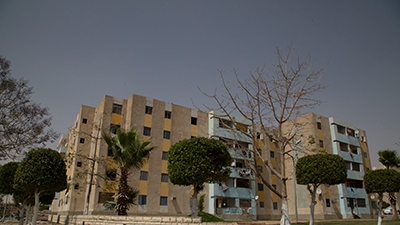“The Arab Spring brought to the fore the need to focus on jobs, transparency and accountability, a competitive environment and equal access to finance, land, and housing, especially for those left underserved,” said Sahar Nasr, the World Bank’s Program Leader in Egypt.
The Egyptian government is now launching a project with a US$500 million World Bank loan to continue to improve both homeownership and rentals for low-income households. The project will work on opening up housing for Egypt’s lowest income groups, particularly young people, and improving their access to services and jobs. “This operation has a pro-poor dimension, with the total number of beneficiaries who live below the Household Poverty Line expected to reach 1.6 million individuals,” Nasr added.
This new Inclusive Housing Finance Program offers support to low-income households to help them get housing or housing finance. It is expected to reach 3.6 million people, including many in the first to sixth income deciles, and generate an estimated 1.5 million temporary construction jobs over a 5-year period, the life of the project.
In Egypt, only a few lenders, most of them NGOs, offer alternative housing finance, such as consumer loans or lines of credit, to borrowers who do not qualify for a mortgage because of their informal employment or because they lack collateral. Mortgage lending focuses mainly on higher income brackets and people employed in the formal sector, and shows a high degree of geographical concentration, with Cairo and Giza Governorates accounting for more than 69% of outstanding loans.
The new program supports institutional consolidation and capacity building; the development of housing policy, and designing regulations and program guidelines; and introducing measures to improve the effectiveneess, transparency, and accountability of such programs. It will also help develop incentives for private investors to rent to low-income tenants.
Developing the housing sector can play a huge role in a more inclusive approach to economic growth in Egypt. Construction constitutes about 5% of Egypt’s GDP, while real estate represents another 3%, contributing to about 12.5% of economic growth and 7% of jobs. Construction and housing are among the largest, most labor intensive job sectors in Egypt, making up close to 12% of total employment by the end 2012—about 2.8 million employees.
.jpg)

